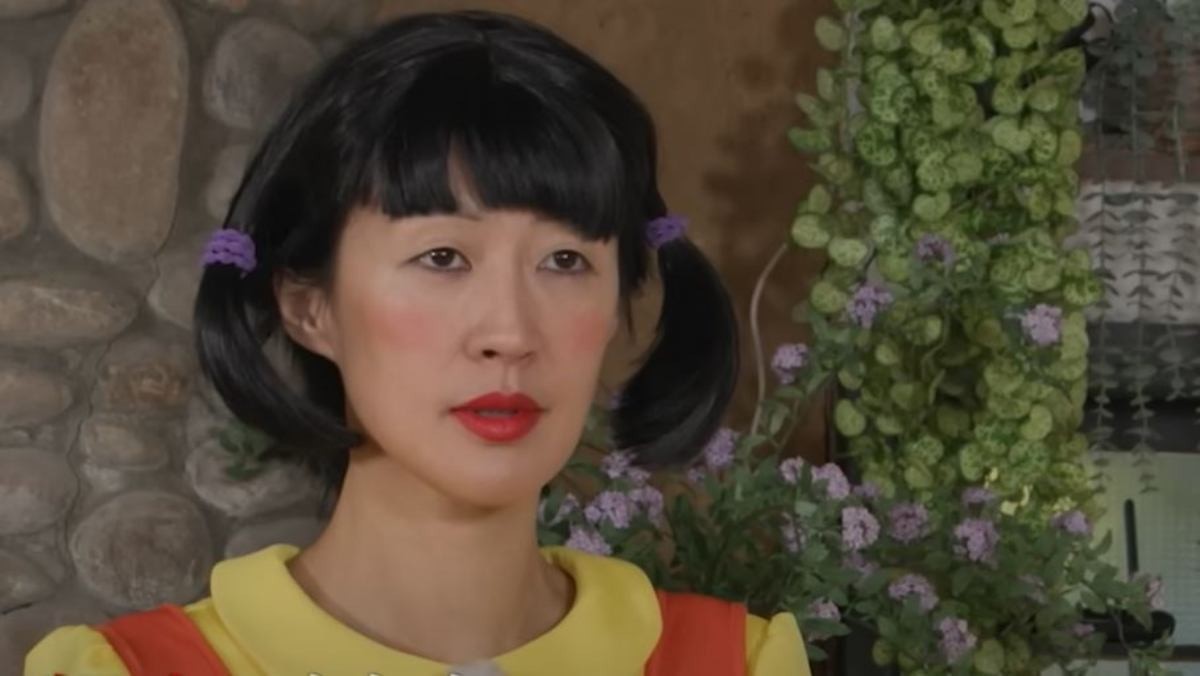
The show in question is “SCREWBALLS,” which premiered on Netflix late last month. Originally part of KBS’s variety lineup under the title “Beat Coin,” the program failed to capture viewers’ attention, leading to its cancellation after sustaining ratings in the 1% range.

However, on Netflix, the same cast and production team reunited to create “SCREWBALLS,” and the results have been nothing short of astonishing. The show has been praised as the “second Infinite Challenge,” drawing massive global attention and topping Netflix’s charts.
Netflix’s Bold Move into Weekly Variety Shows
Netflix has long been known for its seasonal variety shows, but the platform is now taking an even more aggressive approach by incorporating weekly variety formats similar to traditional TV networks. By adopting a weekly release strategy, Netflix is not just expanding its content library but also reshaping viewer habits.

Netflix’s decision to embrace this format is a strategic move aimed at increasing user engagement. Since introducing ad-supported subscription plans in 2022, Netflix has seen a surge in viewership time directly tied to ad revenue. A weekly release model encourages frequent platform visits, leading to higher ad exposure.
Why “SCREWBALLS” Went from Obscurity to Global Phenomenon?
Among the newly weekly launched variety shows, “SCREWBALLS” has been the most talked-about. It flopped on KBS but soared to Netflix’s global No.1 spot upon release. The show’s director, Park In-seok, revealed that after leaving KBS, he initially pitched an 8-episode seasonal variety concept to Netflix. However, Netflix countered with the idea of turning it into a weekly format instead. The show’s runtime was shortened from 70 – 80 minutes on TV to a crisp 20 – 30 minutes per episode, with a leaner production team.

The director also noted that Netflix’s flexible environment allows for greater creative freedom. Unlike traditional broadcasters, which must cater to advertisers and ratings, Netflix enables creators to experiment without constraints.
OTT vs. Traditional TV: The Ongoing Battle for Viewers
Netflix’s expansion into the variety show market is raising concerns about its impact on traditional broadcasters. However, industry experts argue that its main rival is YouTube, not TV networks.
Many of Netflix’s new variety shows adopt a YouTube-like format, appealing to short-form, casual viewing. The platform has also recruited YouTube influencers like Moon Sang-hoon and Sung Si-kyung to attract digital-native audiences.

A veteran TV producer noted, “The decline of traditional TV due to streaming services has been a long time coming. However, Netflix’s expansion into weekly variety shows could drive up production costs and talent fees, just as it did in the drama sector.”
With Netflix reshaping the variety show industry, its influence is blurring the lines between TV and streaming. The success of “SCREWBALLS” highlights how shows rejected by broadcasters can achieve global fame on digital platforms, solidifying Netflix’s role as a media game-changer.





